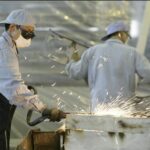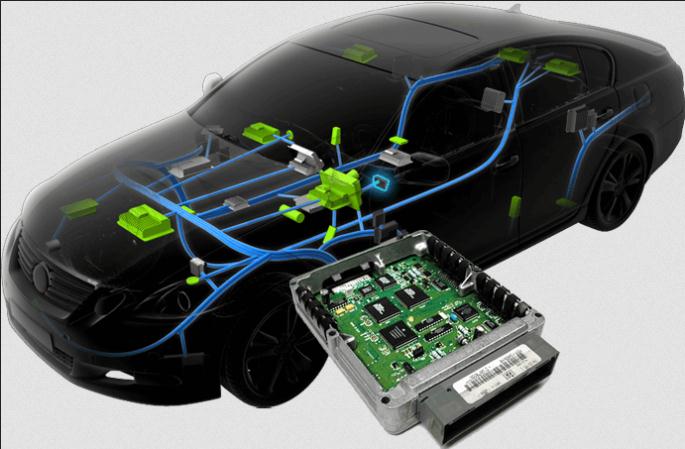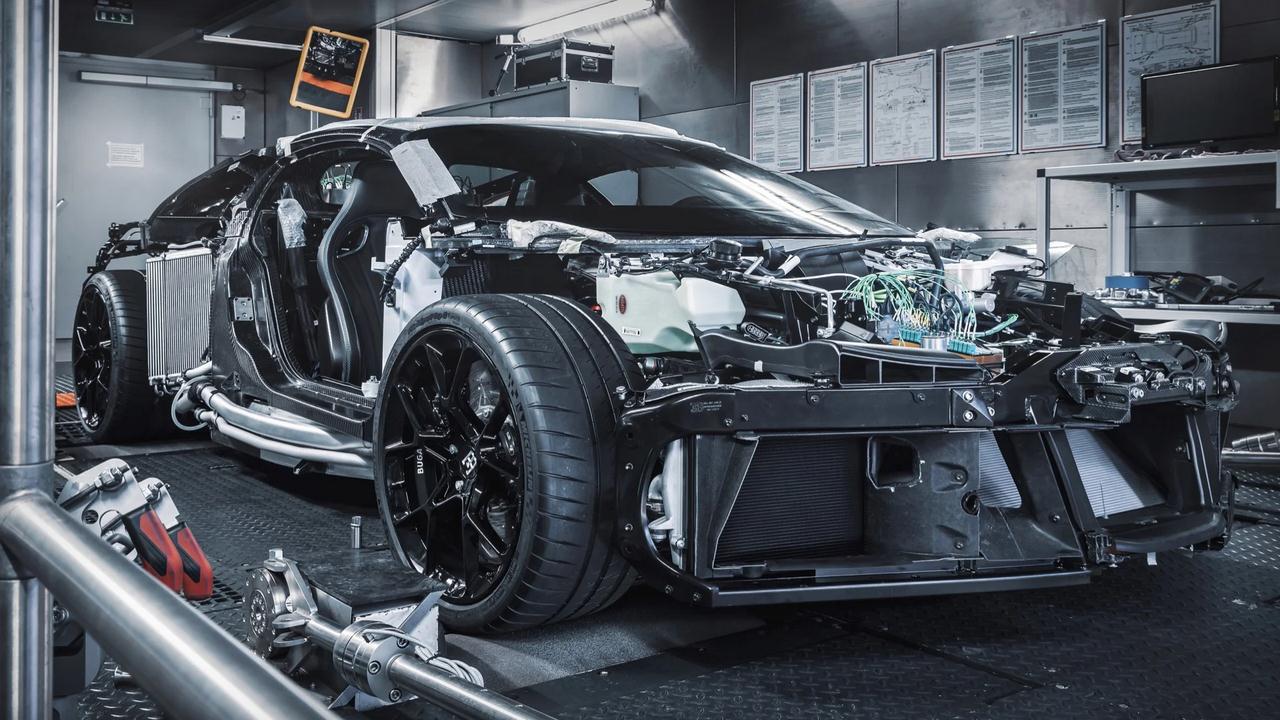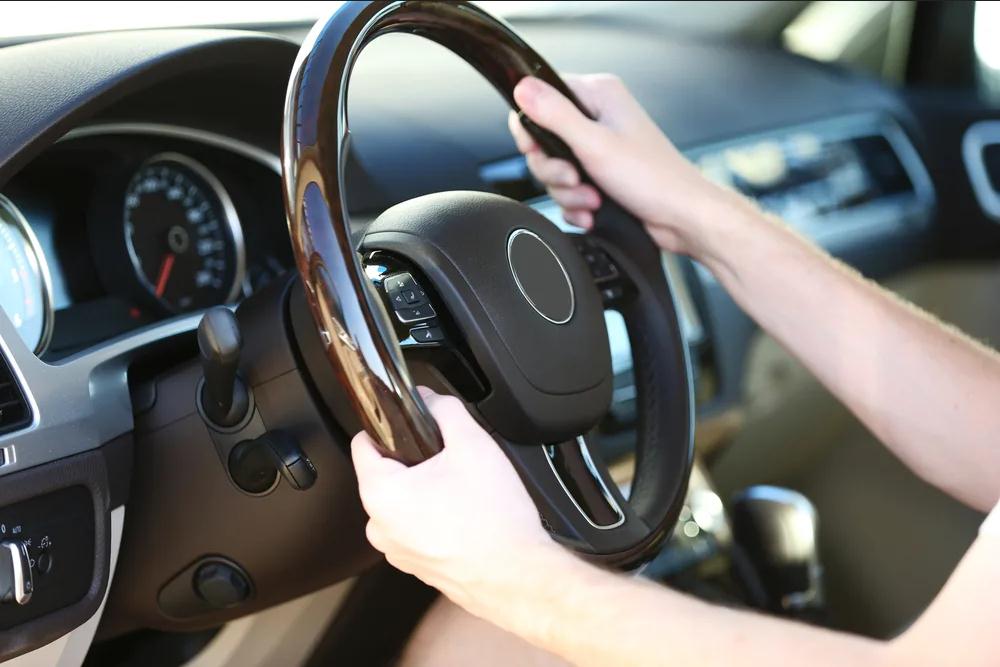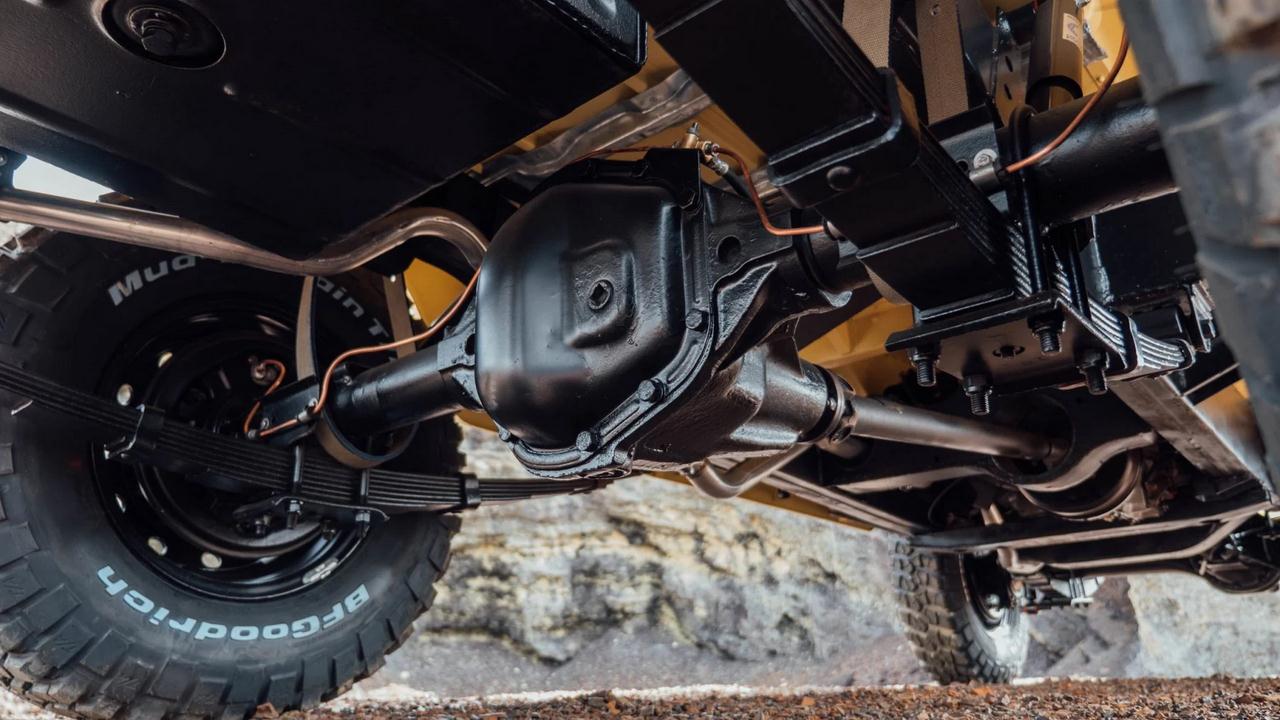Function of the Electronic Control Unit – Friends need to know that from 2005 until now, more vehicles, in this case cars with an injection system or EFI (electronic fuel injection), were produced compared to vehicles with a carburetor system, especially when the EURO 2 and Standards came into effect. 3 in our beloved country.
This is because vehicles or cars with an injection system have many advantages compared to vehicles that use a carburetor, both in terms of exhaust emissions produced and engine efficiency because in injection cars the combustion process of the fuel and air mixture is controlled electronically by the ECU (Electronic Control Unit) which has very high accuracy.
In general, in vehicles with an injection system, there are three important systems, namely the fuel system, air induction system and electronic control system. The details of these three systems are as follows:
- The fuel system in the injection system has the function of channeling fuel from the tank to the engine combustion chamber, where the components included in this fuel system include the fuel tank, fuel filter, distribution pipe, divider pipe, pressure regulator, pulsation dumper, injector and return pipe.
- The air induction system has the function of providing the air needed during the combustion process. whose components include: Throttle body, MAP Sensor, MAF Sensor, Air Intake Chamber and Intake Manifold.
- The electronic control system functions as a controller for sensors and actuators in the injection system as long as the vehicle is started. The electronic control system consists of several components, including sensors, ECU and actuators.
Electronic Control Unit in Cars
In the electronic control system there is a component called the ECU (Electronic Control Unit), this component is also called the Electronic Control Module (ECM).
The electronic control unit or ECU was first designed by the manufacturer BMW in 1939. BMW designed the first ECU which was tested on a single seat fighter aircraft (Kommandogerät) which used a 14 cylinder radial type engine. The ECU on this aircraft engine is designed to replace several control systems on engines that operate simultaneously.
At the beginning of the design of the electronic control unit or ECU, many problems were still found during testing on this aircraft engine, including poor engine acceleration, relatively rough engine sound and poor aircraft maneuverability.
In the 1970s, Japanese electronics companies began to develop ECUs with the development of ICs and Micro controllers to overcome the shortcomings of previous ECUs tested on Japanese-made cars. Apart from that, this ECU has also begun to be applied to Ford cars which are known as Electronic Engine Control (EEC) by using the Toshiba TLCS-12 microprocessor which was mass produced around 1975.
Functions of Electronic Control Units in Cars
The ECU in the electronic control system of a vehicle with an injection system is the processor or brain for the operation of the actuators in the injection system based on input data about the condition of the engine from various sensors.
In general, this electronic control unit or ECU has several functions, including the following:
- The ECU functions to control air flow while the engine is running at idle speed by controlling the performance of the ISC Valve.
- The ECU functions to control the cold start injector (old model EFI system) to operate when the vehicle is started when the engine is still cold, so that the air and fuel mixture formed is relatively richer and the engine can be started easily.
- The ECU functions to control the ignition timing with the aim that the ignition timing can occur on time according to the engine speed and load while running.
- The ECU functions to determine the duration of fuel injection by the injector.
- The ECU functions to protect the engine from detonation by retarding or advancing the ignition timing.
- The ECU functions to regulate the work of the cooling fan so that engine efficiency can be achieved properly.
- The ECU functions to turn off the engine by turning off the injector and ignition coil when overheating occurs.
How the Electronic Control Unit Works
Automotive friends, basically the working principle of the electronic control unit or ECU is almost the same as the working principle of the CPU (Central Processing Unit) in a computer unit.
The CPU on a computer will process all commands and at the same time carry out operations related to data obtained from memory or information entered through hardware so that later a computer can be operated. Meanwhile, the ECU on a vehicle will work to calculate the input data provided by various sensors on the vehicle regarding the condition of the engine, then the ECU will process the data for further follow-up action by activating or deactivating the appropriate actuators. in vehicles with an injection system to obtain better engine efficiency.
For example, in a car with an injection system there is an IAT sensor (Intake Air Temperature Sensor) which is always connected to the ECU. The ECU in this injection system will send a reference voltage of 5 Volts to the IAT Sensor.
The 5 volt reference voltage received by the IAT sensor will be converted into an input voltage which will be sent back to the ECU based on temperature conditions or the temperature of the air entering the intake manifold through the air filter according to changes in the resistance value that occur in the IAT sensor.
If the temperature of the air entering the intake manifold is still cold, namely around 25 degrees Celsius, then the resistance on the IAT Sensor is large which results in a large input voltage being sent back to the ECU (close to 5 Volts) as a result the ECU will command the injector (actuator) to inject fuel for longer. so that the fuel and air mixture formed is richer so that the vehicle can be easily started while the engine is still cold. and vice versa, when the air temperature is hot, the input voltage sent back to the ECU is small (close to 0 Volts) as a result the ECU will order the injector (actuator) to inject fuel for a shorter time so that the mixture of fuel and air that is formed is relatively poorer.
Automotive friends need to know that the ECU itself is not only found in the vehicle engine, but is also applied to other systems such as the ABS Control Module, Transmission Control Module, Power Train Control Module, Body Control Module, Airbag Control Module and so on. .
The sensors found in vehicles or cars with injection or EFI systems are closely related to ECU performance, including:
- IATs (Intake Air Temperature Sensor)
- MAPs (Manifold Air Pressure Sensors)
- MAFs (Mass Air Flow Sensor)
- WT s (Water Temperature Sensor) or ECT s (Engine Coolant Temperature Sensor)
- TPs (Throtle Position Sensor)
- Knock Sensors
- CMPs (Camshaft Position sensors)
- CKP s (Crankshaft Position sensor)
- O2 s (Oxygen Sensor)
Meanwhile, the actuators are commanded by the ECU based on input signals about engine condition from sensors in the injection or EFI system, including:
- Check Engine Lamp (MIL/ Malfunction Indicator Lamp).
- Cooling Fan
- Injector
- ISC Valve (idle speed control)
- OCV (Oil Control Valve) VVT-I system
- Fuel Control (Fuel Pump Relay)
- ESA (Electronic Spark Advance)
- EGR (Exhaust Gear Recirculation)
- Control Cut AC (control magnetic switch AC compressor), and so on
Types of Electronic Control Units in Cars
Basically, the electronic control unit or ECU is only applied to control the engine work management system or better known as the engine management system (EMS). You need to know that the latest cars also use a device that works the same as an ECU which is used to electronically control a system in a motor vehicle, in this case a car, but with a slightly different name, including:
- ABS Control Module, this module is installed in cars with ABS brake technology. which has the function of regulating the braking system on the vehicle to prevent the wheels from locking or slipping when maneuvering on slippery roads. This module also plays a role in several vehicle safety systems such as hill start assist and electronic stability systems.
- TCM (transmission control module), This module is installed in cars with automatic transmission. which has the function of regulating transmission displacement and moment according to driving conditions and engine RPM.
- PCM (powertrain control module), This module has a special function to regulate the performance of the car’s powertrain system. Usually this module will ensure the flow of power from the engine to the wheels efficiently.
- Airbag Control Module, this module is installed in cars that are equipped with the SRS (Supplemental Restraint System) airbag system. This module has the function of commanding the airbag to deploy in the event of a hard impact on the vehicle with the aim of minimizing injury to the driver and passengers.
- BCM (body control module), is a module that specifically functions to regulate the electrical performance of the vehicle’s body, such as lights, horns, automatic/manual wipers and entertainment systems on the vehicle dashboard.
- HVAC Control Module. This module is installed in cars that have an auto AC system. This module can allow controlling air circulation in the passenger cabin automatically based on the air conditions inside and outside the vehicle cabin.
That’s our review of the Function of the Electronic Control Unit, Very Vital for Vehicles with Injection Systems. Hopefully it can broaden our knowledge, don’t forget to also visit our other interesting articles below.


